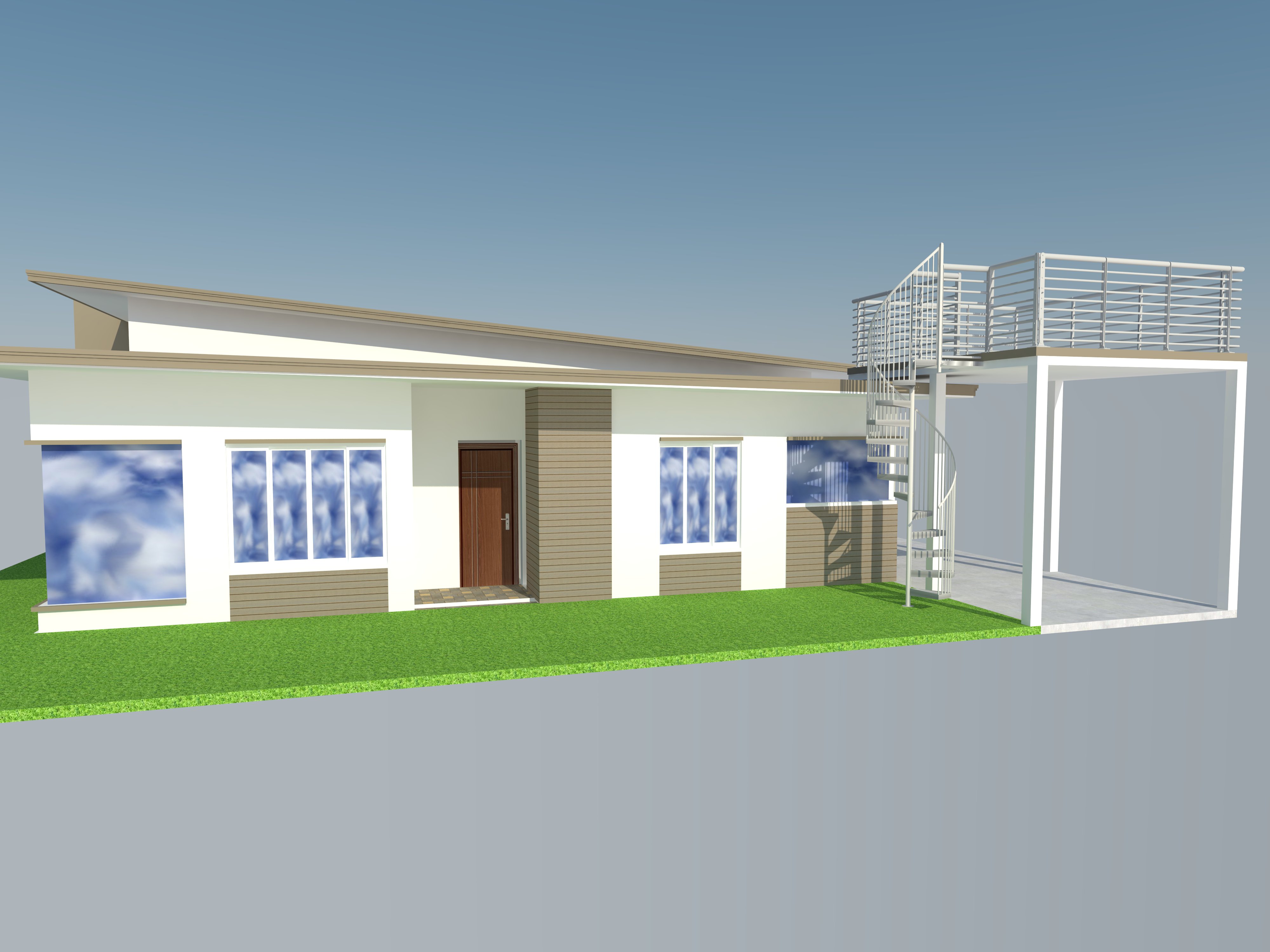

( Otherwise, your image won’t appear in the folder so you won’t be able to select it.) In the drop-down menu, make sure to change the file format to “All supported Image types”.It helps to orient the camera to top view, go to Camera -> Standard Views -> Top. Then, go to File -> Import. (The image will save to your desktop) To import the images into SketchUp, follow these steps: If you’re on a Mac, just press command + SHIFT + 4 and that will let you grab a screen shot. However if you need to split up an image, a really easy way to do this is to use the built-in snipping tool on Windows. Most likely, you’ll already have your plans and elevations as separate images. In my case, I had a single image that I needed to slice up into separate images. Well executed CAD files imported into SketchUp can save you a ton of time, it’s just that I rarely see CAD files clean enough to import directly into SketchUp. That said! If you have DXF files, definitely try importing them into SketchUp and see what they look like. It gives me a flat surface to draw on, no entities that mess up my inference system, and if the file isn’t scaled perfectly, it doesn’t matter because I’m typing in my own dimensions. I’ve also tried to “trace over” imported CAD (by keeping the imported entities contained in their own group), but have found it challenging because SketchUp wants to snap to the imported entities, which aren’t always accurate. I prefer drawing my work from scratch, that way I know with certainty that all of my geometry is accurate. This can cause a ton of headaches in SketchUp. However, in my experience I find most CAD files to have broken edges, superfluous entities or layers, or are not 100% precise with their dimensions. The apparent advantage of importing a DXF into SketchUp is that the file is converted into SketchUp entities, saving you from having to reproduce them yourself. You might assume that the best type of file to import would be a CAD file, but in my experience that is not the case. On Sketchfab Importing plans and elevations

(Optional) Set up scenes to quickly align camera and set layer visibility for each view.Assigning each image to a layer so you can toggle visibility.(I prefer jpegs, but you could use DXF if you have them) Importing the plans and elevations into SketchUp.Setting up a model like this involves a few steps: This gives you more visual space to compare between the drawing and the model while in perspective view, allowing you to keep the elevation layer visible while modeling.Įach image is assigned to a different layer, so that I can turn them on and off, depending upon what part of the model I’m working on. The elevations are located at a distance away from the model. If you had section cut drawings that you’d like to import, you could do the same thing and locate them in the model where they occur. This makes it easy to confirm details while modeling. You’ll notice that the floor plans are located at the actual height where they occur in the model. Once I sliced up the image, I took each floor plan and elevation and placed them in the SketchUp model to use as reference.

I came across the plans and elevations of the burrow at. Subscribe to my YouTube Channel The Burrow


 0 kommentar(er)
0 kommentar(er)
